I recently used TextInputLayout and it's setError() method. The problem I'm getting is, when I clear the error by calling setError(null) it leaves so much of empty space at the bottom.
Normal:
With error:
After clearing error:
After looking at the source, I found that they are making the view INVISIBLE instead of GONE
.setListener(new ViewPropertyAnimatorListenerAdapter() { @Override public void onAnimationEnd(View view) { view.setVisibility(INVISIBLE); // here it is updateLabelVisibility(true); } }).start();
I'm wondering why is it so? How to resolve this to avoid the empty space?


